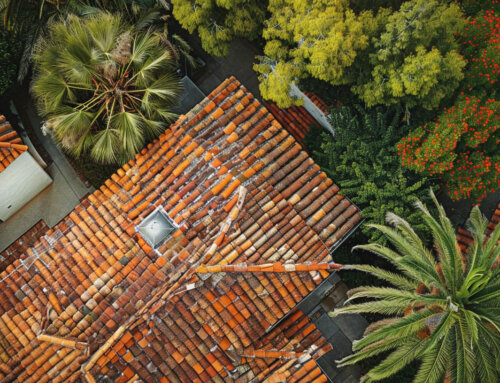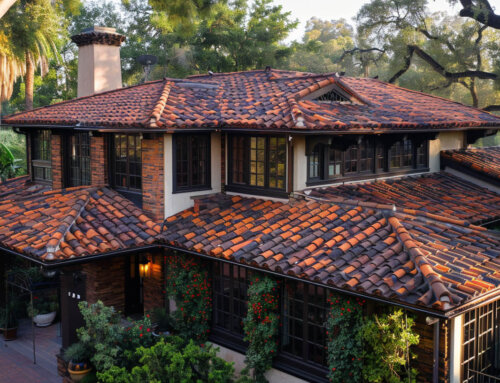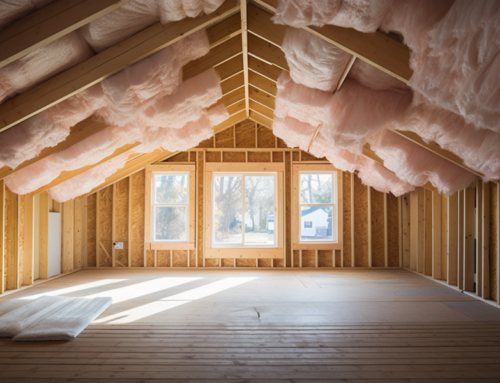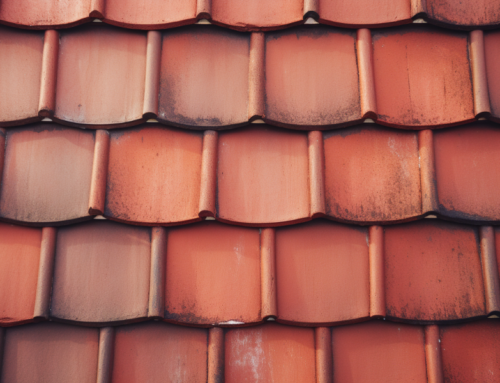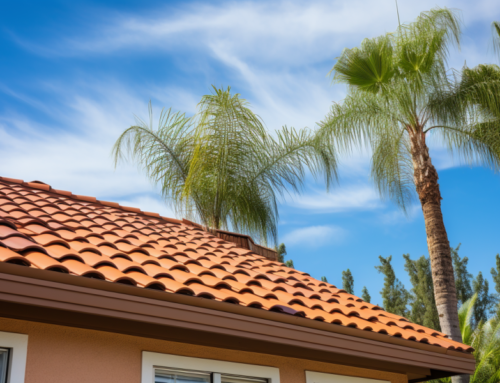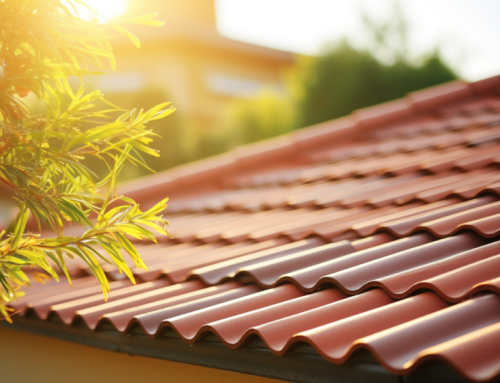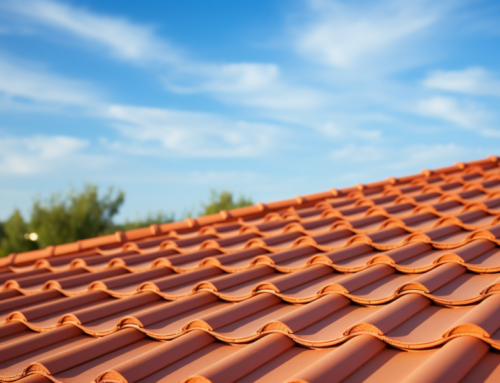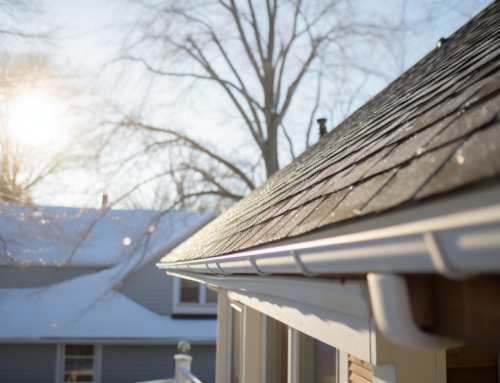The Importance of Proper Insulation
Studies indicate that a staggering 85% of a home’s heat loss occurs through the attic. If your home was constructed before the energy crisis of the 1970s, it’s likely that your attic has minimal fiberglass insulation and gaps between the support beams. This inefficiency not only wastes energy but also your hard-earned money.
Understanding R-Value: The Measure of Efficiency
When it comes to insulation, the term you’ll hear most often is R-value. This numerical value gauges the efficiency of the insulation material. Homes built before the 1970s typically have an R-value of 11 or less. Modern building codes, however, recommend R-values of 38 or higher, depending on the geographic location of the home.
Types of Insulation: From Mineral Wool to Cellulose
If your home is older, you might find gray material tucked between the ceiling joists. This could be mineral wool. In contrast, newer homes are more likely to feature blown-in cellulose insulation. Regardless of the type, additional insulation can be layered over the existing material.
Safety First: Handling Insulation Materials
When working with insulation, it’s crucial to prioritize safety. Always wear gloves, eye protection, and a quality dust mask, especially when dealing with fiberglass. At San Diego County Roofing & Solar, we ensure that all safety protocols are strictly followed during insulation installation.
The Ease of Rigid Foam and Fiberglass Insulation
Rigid foam insulation has its advantages in terms of ease of handling. However, fiberglass insulation is generally simpler to install in attic spaces. If you find that the fiberglass batts appear too thin, don’t worry. These batts will expand to fill the space adequately.
Cutting Fiberglass Batts: A Simple Technique
To cut a fiberglass batt to your desired size, place it on a flat piece of plywood. Position a short 2×4 at the spot where you intend to cut, step on the 2×4, and compress the fiberglass. Once compressed, it becomes much easier to cut with a utility knife.
Achieving the Recommended R-38 Rating
If your home currently has 6 inches of insulation and you aim to reach the recommended R-38 rating, consider adding an “attic blanket.” This is another form of fiberglass insulation without a paper backing. To install, simply lay it over the existing joists and continue layering until you reach an R-38 rating.
Innovative No-Itch Poly-Wrap Insulation
For those looking for a more user-friendly option, consider the latest no-itch poly-wrap insulation. It’s easier to handle and safer, justifying the slightly higher cost.
Why Choose San Diego County Roofing & Solar?
Selecting the right roofing contractors in San Diego for your insulation needs is crucial. We pride ourselves on making numerous homes and businesses safer and more energy-efficient. Trust us to elevate your home’s comfort and savings.
Final Thoughts
Proper insulation is not a DIY project for everyone. That’s where local roofing companies in San Diego like us come into play. We take great satisfaction in enhancing the safety and efficiency of many homes and look forward to improving yours as well.



